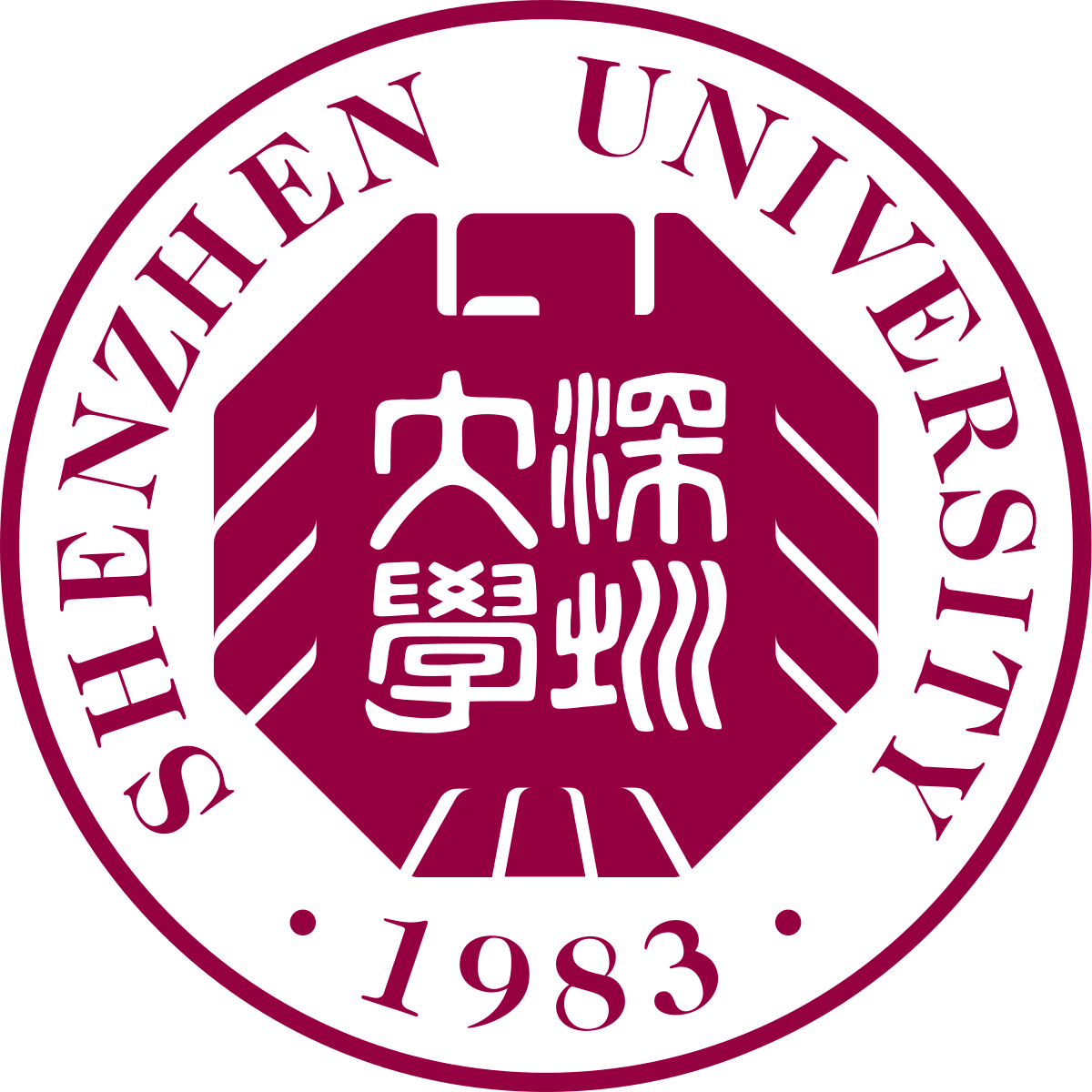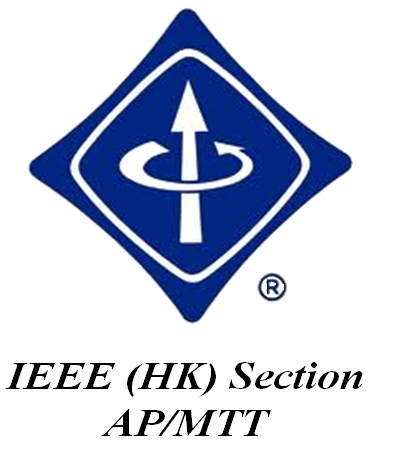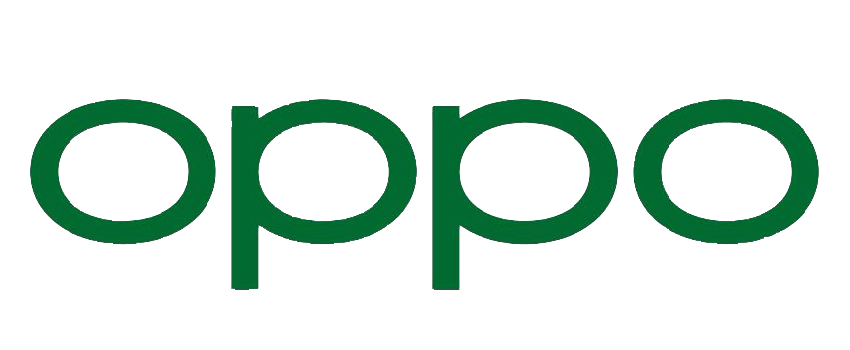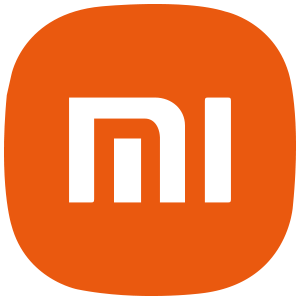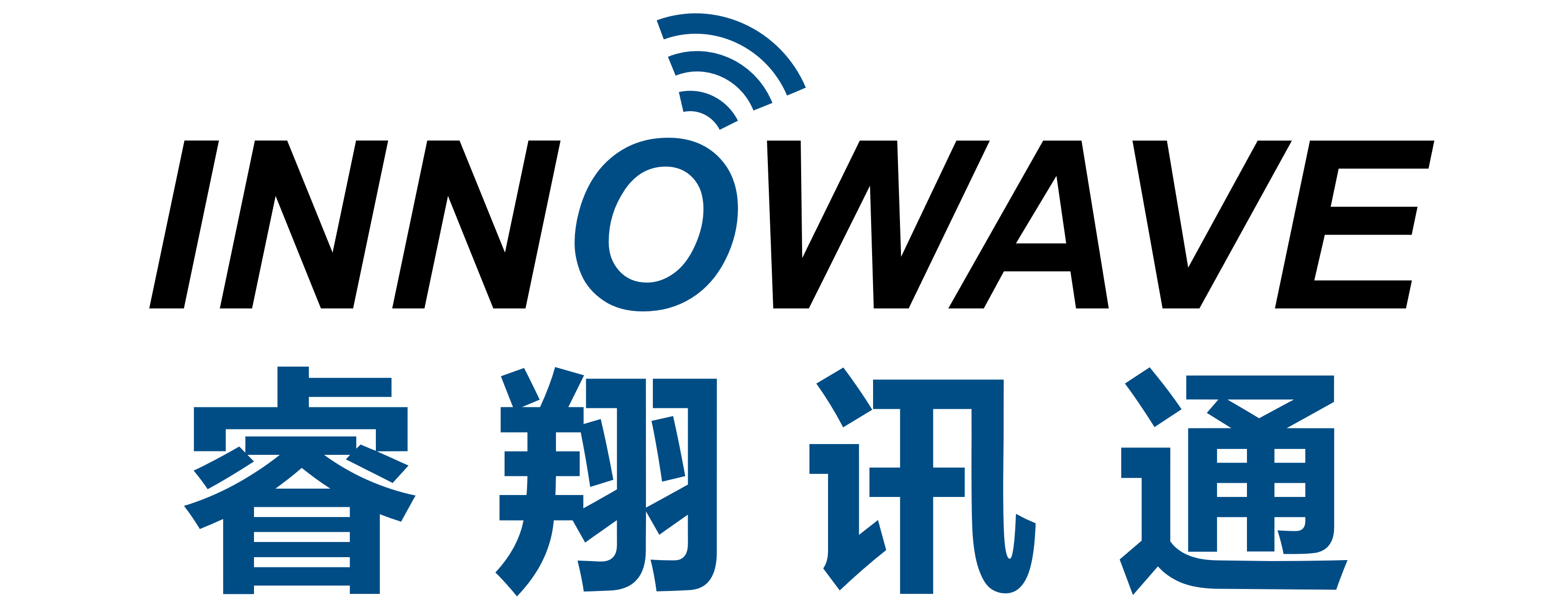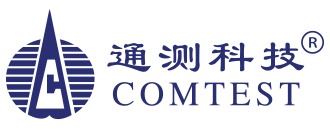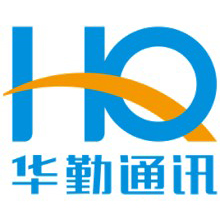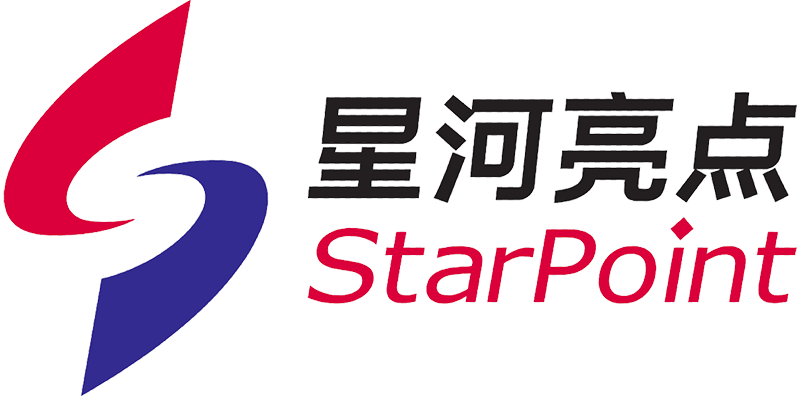Technology Vision Keynote Sessions
| Technology Vision Keynote Session 1 | |
|---|---|

Ruixin WANG vivo Mobile Communication Co., Ltd |
Key challenges and standardization progress of 5G OTA Testing |
| Abstract | |
| With the adoption of millimeter-wave and beamforming technologies in 5G, we will face more challenges on over-the-air (OTA) test. A lot of conventional cable-conducted tests will be replaced with radiation-based tests because of unavailability of coaxial connectors working at millimeter-wave frequencies. All the millimeter-wave user equipment (UE) should be verified with OTA test methodologies to quantify the transmitter/receiver performance such as maximum output power, beam correspondence, error vector magnitude (EVM), and reference sensitivity. To address the issues in 5G OTA tests, many proposals have been made to the 3GPP RAN4 OTA projects. This presentation analyzes challenges for 5G OTA performance test and contrasts advantages and limitations of the methods being permitted (IFF/DFF/NFTF) in 3GPP for millimeter-wave UE. It first introduces the project status and development of 5G OTA test specifications in 3GPP, for both sub-6-GHz and millimeter-wave bands. The challenges and newly defined testing methods in 3GPP will be highlighted and summarized. Next, applicability and testing methods of newly defined 2D/3D multi-probe anechoic chamber (MPAC) for sub-6-GHz and millimeter-wave MIMO OTA demodulation tests will be discussed. Finally, further considerations for OTA projects in 3GPP will be presented. | |
| Technology Vision Keynote Session 2 | |
|---|---|
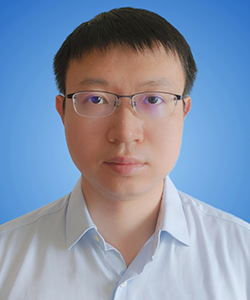
Wenqiang TIAN GuangDong OPPO Mobile Telecommunications Corp., Ltd |
6G: a new enabler to create an era of interconnection, integration and intelligence |
| Abstract | |
| Evolution of mobile communication has greatly promoted social development in recent decades. From 1G to 5G, people's dependence on mobile communication is rapidly increasing. For future mobile communication systems, we envision that 6G will become a new enabler to create an era of interconnection, integration and intelligence. 5G constructs basic connection between human and things around. In the era of 6G, interconnection capabilities will be continuously improved and expanded. Meanwhile, integrated communication systems on the basis of enhanced interconnection will be established in the era of 6G to offer better user experience. With improvement in 6G connectivity and capability of integration, a historical change will happen to these objects connected by future wireless communication systems. In the past few decades, the object to be connected was information. With the development of interconnection and integration, the connected objects in the future will become the intelligence. Building an intelligent interaction and intelligent world will be a new challenge and vision for 6G. | |
| Technology Vision Keynote Session 3 | |
|---|---|
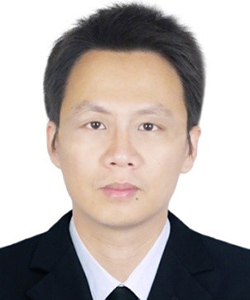
Kunpeng WEI Honor Technologies Co.Ltd |
Antenna Technologies and Challenges for 1+8+N Intelligent Terminals in All Scenarios |
| Abstract | |
| Antenna techniques and challenges in Honor’s 1+8+N all-scenario intelligent terminals are included in this presentation. To be introduced are emerging applications in millimeter waves, ultra-wideband (UWB) technology, WIFI 6e, and sub-6 GHz 4×4 MIMO antennas as well as specific application demands determined by newly allocated communication bands. Driven by the cellular and short-range communication technologies, the Honor’s 1+8+N all-scenario intelligent terminals have been developed and are dedicated to communications with higher rate, lower delay, and enhanced intelligence. Antennas in these terminals are requested to realize smart switching and multiband/wideband coverage in limited space with high isolation, low directivity, and no dead pixel. This has brought huge challenges to the design of terminal antennas. Development trend of the terminal antenna techniques will be discussed as well based on practical application scenarios. | |
| Technology Vision Keynote Session 4 | |
|---|---|

Xiaolei JIANG Xiaomi Inc. |
UWB in Smartphone and AIoT: Opportunities and Challenges |
| Abstract | |
| Ultra-wideband (UWB) technology has attracted much attention in academic studies and industrial applications such as consumer and automobile electronics. In this presentation, development history and basic principle of the UWB technology will be reviewed. The motivation in adopting UWB technology, the technological status of UWB in smartphones and AIoT terminals, and the development trend of UWB technology for future industry will be analyzed. Also to be showcased are promising UWB-technology-enabled applications in smartphones and AIoT terminals that could contribute to dramatic performance upgrade, surpass those conventional counterparts, and eventually lead to a new generation of technological revolution. Finally, challenges in the implementation of the UWB technology in smartphones and AIoT terminals will be discussed. | |

